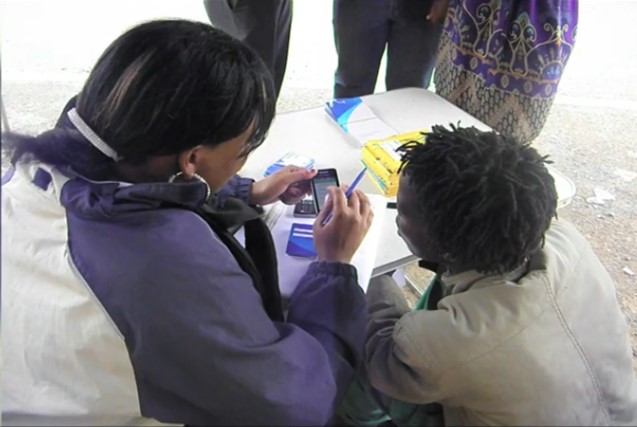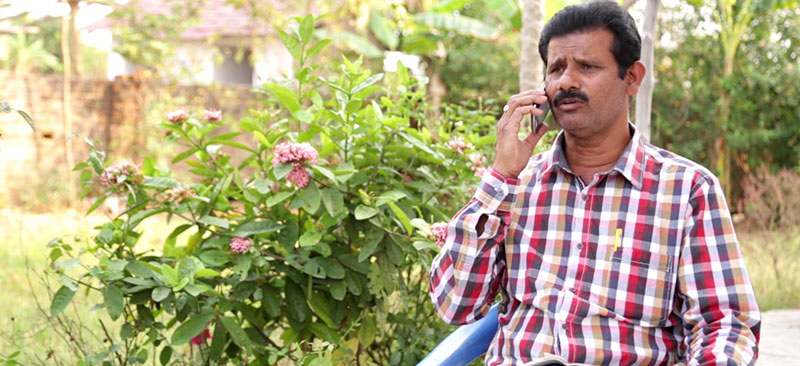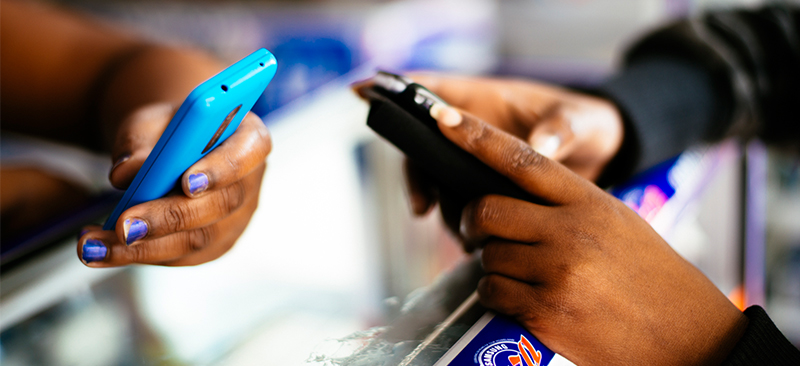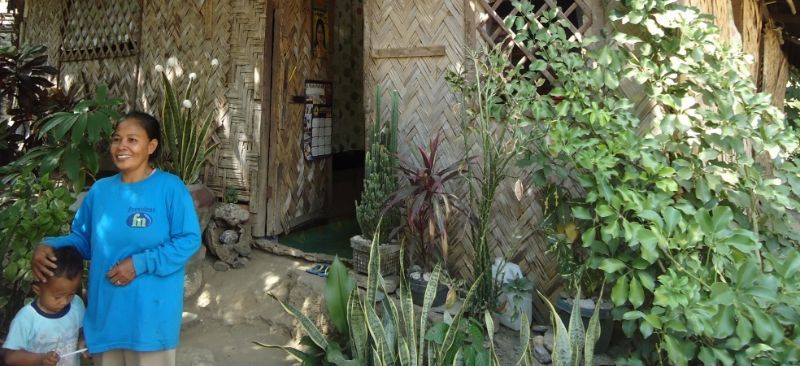This blog highlights the tasks of a CSP and the stages involved to make G2P payment delivery to the last mile – right from their (CSP) recruitment to final payment. It also suggests a few improvements recommended by CSPs.
Aalia begum and Aasia begum have been working as Customer Service Providers (CSPs) for the past three years, disbursing Social Security Pension (SSP) and Mahatma Gandhi National Rural Employment Guarantee Scheme (MGNREGS) payments in Khammam district.
They work as a team 10 days a month to make these payments and are paid around Rs. 1,000 ($16.39) which they share to meet some small household needs. While this remuneration is startlingly low, it is not untypical for rural CSP – see MicroSave Policy Brief #6 “Assessing Agent Profitability: MicroSave’s Agent Journal Studies”.
Recruitment:
ALW (A Little World)[1], the agent network manager, or “business correspondent”, was looking for SHG members as CSPs, and so both Aalia and Aasia applied to be a CSP after seeing a newspaper advertisement and consulting with their families. ALW invited all applicants to undertake a written test and selected two CSPs per village (to allow them to work in tandem and share the work).
After selection, the CSP team were trained on the enrolment and disbursement related processes. They were also trained to make payments using mobile phones and to use the biometric scan device to capture beneficiaries’ biometrics and to authenticate payments.
The merit- based selection process espoused was valuable for both ALW and the villagers, as CSPs were able to work effectively after their training. The fact that the training was (a) delivered and (b) effective is a tribute to ALW – many BC network managers in India still give little/no training and support – see MicroSave Policy Brief # 2 “The State of Business Correspondence: Agent Networks in India”.
Enrolment and disbursement:
The CSP team worked with the local council “Panchayat” officials to create awareness about the service and to choose an enrolment location. Typically, the CSPs are given the mandate to perform enrolment and disbursements but no specific place to work. Aalia and Aasia choose the Gram Panchayat (GP) office as the best place to work.
Dindora (public announcements) were made in the village t0 inform the beneficiaries about the date, time and location of enrolment. Enrolment activity was carried out intermittently over 8 months and around 70-80 beneficiaries were enrolled in a day. It usually takes 10-15 minutes to enroll one beneficiary. CSPs clocked more than 12 hours on a few days during enrolments.
After completion of the enrolment activity, the CSP team was mandated to disburse SSP and MGNREGS payments, which were earlier made by the Village Authority (VA) and Post Office (PO) respectively.
The CSP team adopted a broadly similar approach to disbursing payments as they had used for enrolment. Public announcements were ordered for payments disbursal and GP office was used as the disbursement location. Beneficiaries visited GP office to collect their payments. For elderly and handicapped people who could not make it to GP office, the CSP team traveled to their homes to authenticate and make payments.
Liquidity management:
The CSP team managed the cash liquidity during disbursement. They receive funds from ALW’s Mandal Coordinator (MC) one day before the actual disbursement. At the end of each disbursement day, the CSPs inform the MC about the payment status and the balance of cash they hold and then continue disbursement the following day. The process continues until the entire MGNREGS payments are disbursed. In contrast, SSP payments are only made for the five days, beginning from the first disbursement day – typically at the beginning of the month.
The CSP team hands over any undisbursed cash to MC at the end of each disbursement cycle.
Improvements and way forward:
The introduction of biometric authenticated transfer payments through the BC agent model has helped both the Government (to target the ‘right’ beneficiaries) and beneficiaries (to receive their full entitlement without deduction by middlemen).[2]
CSPs have become an integral part of the ecosystem to reach the last mile. They represent the stakeholders on ground and a touch point for the beneficiaries. However, in the current set up, CSPs feel are overstretched and under compensated. Aalia and Aasia highlight a few possibilities for areas improvement:
First – they are overburdened as they are asked to undertake a large number of activities in a limited window of time. The disbursement period lasts for only 10 days each month. SSP payments are disbursed the first 5-6 days; while the timing of MGNREGS payments varies each month. During these 10 days, the CSPs work for over 10 hours and perform over a hundred transactions[3] per day.
Second – they are not provided with much assistance from the bank or ALW. G2P agents are not provided with any work location, marketing collateral or signage to represent the BC agent deployment. This leaves the CSPs to promote the disbursement activity themselves. In most cases, they do get help from the local Panchayat officials but feel that the bank and ALW should play a larger, more supportive role.
Third – they are not adequately compensated for all their efforts. Several CSPs including, Aalia and Aasia, are paid very little (Rs.500 or $8.20 each for 10 days’ work) considering the services they required to offer – see MicroSave Policy Brief # 9 “Behind the Big Numbers: Improving the Reach and Quality of Agent Networks in India”. That said, what keeps them in the job is not the financial earnings but the connection to the outside world. They enjoy the interactions with Government officials and ALW staff, and the recognition from fellow villagers for being a CSP.
Fourth – they are tasked to manage several operational and process-related risks/delays. It remains CSP’s responsibility to complete disbursements within the stipulated time. During this, issues arise such as failed biometric authentication[4] and other technological glitches that cause delays. They need improved operational support to tackle these issues.
Fifth – they are not provided with adequate training or opportunities to offer other services. The current system is only used to make disbursements. Neither the CSP nor the beneficiary views this as a banking channel. Increased business opportunities in the form of savings or insurance (and possibly eventually even credit) backed by improved training could aid CSPs to augment the services they offer, and thus increase opportunities to earn income. – see MicroSave Briefing Note 65 “Successful Banking Correspondents Need a Compelling Product Mix” and Briefing Note 97 “How to Make Optimum Use of Agent Networks (1/2)”.
[1] ALW is a Business Correspondent deployment that uses mobile-based technology through which CSPs use mobiles to transact and biometric scan device to capture biometrics and to authenticate payments.





